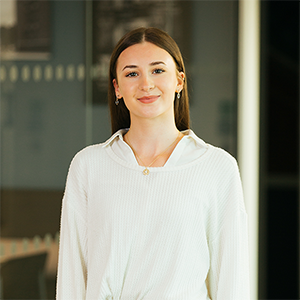I graduated with a first class degree in Physics in 2020, which included a year’s placement with BMW UK. I also have experience working in fields such as meteorology (The Met Office) and medical physics (NHS). I joined Kilburn & Strode in September 2020 as a trainee patent attorney in the Tech team.
Why did you choose a job in this sector/profession?
The practical improvements that science can bring in the form of technology are what resonate most with me about science. The patent law sector seemed like a perfect choice for me to be exposed to a high number of real-world scientific applications. Most inventions that patent attorneys work with are at, or nearing the end stage of, development which I love being a part of.
What attracted you to your role?
I applied for a role at Kilburn & Strode after an associate of the firm gave a talk at my university. He gave an honest presentation about life as a patent attorney, surprisingly even including why you might not want the role (because perhaps you’d prefer to do the inventing yourself, rather than drafting patent applications, or perhaps you’ve had enough of taking exams). I got the impression of a trusting and transparent firm that sounded like a perfect fit for me. I haven’t looked back since and am really enjoying working for Kilburn & Strode.
How did it tie in with your overall career plans?
My overall plan was to find a profession that was:
- Enjoyable
- Varied
- Related to physics
I immediately saw patent law ticked boxes 2 & 3. Now, after working at Kilburn & Strode for 8 months, I can confidently tick box 1.
Working as a patent attorney is fascinating for many more reasons than my basic three boxes. The combination of science and law presents a fresh new challenge. The majority of the law I encounter is satisfyingly logical. Patent law also never sits still. New technology, such as AI and machine learning, forces change to take place.
What are your main duties/roles?
- Patent prosecution: understanding objections from the UK or European patent office, reviewing ‘prior art’ and formulating arguments and amendments in response to the objections.
- Liaising with clients: reporting events during patent prosecution, considering commercial strategy and building relationships.
- Drafting patent applications: understanding a new invention, getting into a high level of technical detail and preparing the necessary documents.







